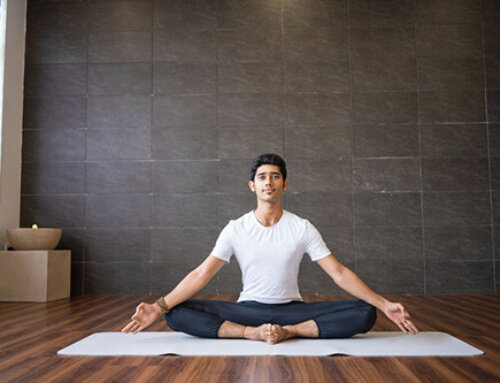Now, this one is a bit technical, for the ones who like to get into detail. We are talking about squat and hamstrings.
- A big squat depends on strong quads. As a result, the hamstrings are massively glorified as a contributor to a huge squat. Your hamstrings are not activated well while you are squatting. Instead, the lowly seated hamstring curl achieves about 3 times more hamstring activation than the squat with equally challenging loads.
- The hamstrings are powerful hip extensors and hip extension is extremely important for the squat. The more musculature you are activating to a high degree, the more weight you will be able to move. Therefore, you should try to make the squat more hamstrings dominant, naturally – this is the generic thought that everybody moves with, but let me be clear here, such is not the case.
Keep in mind :
- Hamstrings are two joint muscles. Originating on the ischial tuberosity and inserting near the top of the tibia, the hamstrings are effective at both knee flexion (i.e. hamstring curls) and hip extension (i.e. RDLs). Moreover, when you flex your muscles, it is not likely that it can pick and choose which end it pulls on without other muscles activating to stabilize the joints. Hamstring activation means both hip extension and knee flexion torque.
So, this brings us back to our original question – What role does the hamstring play while doing a squat?
Let me make this simple for you :
- Extreme hamstring activation is actually harmful to ideal squatting performance. The tougher your hamstrings are pulling you towards knee flexion, the tougher your quads have to contract in order to generate the identical amount of net knee extension torque. So, it would be better if you try and avoid pulling it!
- Instead, you should try and squat in a more effective manner – either high or low bar, trying to maintain a more upright torso or prioritizing the involvement of quad, while also doing some accessory work for your hamstrings such as GHRs, hamstring curls, or RDLs since the squat is not a good hamstring builder anyways!
- Now, this does not mean that you should not train your hamstrings at all. Strong hamstrings mean a big deadlift, healthy knees, and provides a potentially lower risk of getting hamstring tears. Just keep in mind not to train your hamstrings using squat. Instead, use hamstrings exercises to train your hamstrings.
Summarizing everything, just keep in mind that in order to get a huge squat you should train your quads, try to minimize forward lean, and not concern yourself with hamstrings involvement when squatting. Squat for a huge squat, and pull or do direct hamstring work to turn your hamstrings into pork cords.







